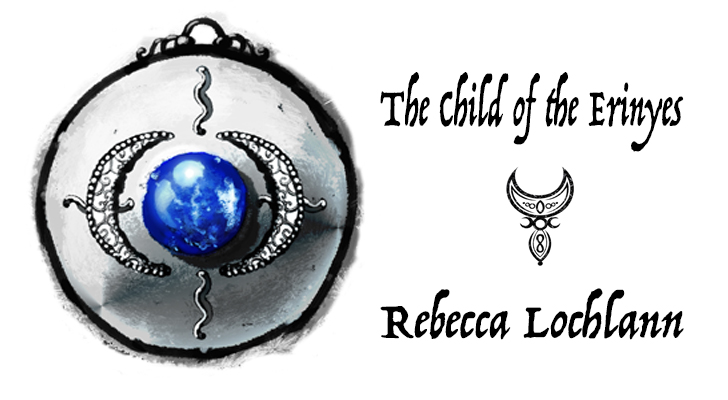Category Archives: Cabal
The cabal
These days, the definition of “cabal” is:
1. The artifices and intrigues of a group of persons secretly united in a plot (as to overturn a government); also, a group engaged in such artifices and intrigues.
Merriam Webster gives these examples:
1. a cabal plotting to overthrow the government.
2. a conspiracy theory about the existence of an international cabal devoted to world domination.
I thought it would be interesting to have “cabal” in the Bronze Age Mediterranean mean something else, very different yet somehow linked to its modern-day definition.
In The Greek Myths, Robert Graves has these things to say. He uses the word tanist the same way I use “cabal.”
“Once the relevance of coition to child-bearing had been officially admitted, man’s religious status gradually improved, and winds or rivers were no longer given credit for impregnating women. The tribal Nymph, it seems, chose an annual lover from her entourage of young men, a king to be sacrificed when the year ended; making him a symbol of fertility, rather than the object of her erotic pleasure. His sprinkled blood served to fructify trees, crops and flocks, and his flesh was torn and eaten raw by the Queen’s fellow-nymphs – priestesses wearing the masks of bitches, mares, or sows. Next, in amendment to this practice, the king died as soon as the power of the sun, with which he was identified, began to decline in the summer; and another young man, his twin, or supposed twin – a convenient ancient Irish term is ‘tanist’ – then became the Queen’s lover, to be duly sacrificed at midwinter and, as a reward, reincarnated in an oracular serpent.
When the shortness of the king’s reign proved irksome, it was agreed to prolong the thirteen month year to a Great Year of one hundred lunations, in the last of which occurs a near-coincidence of solar and lunar time. But since the fields and crops still needed to be fructified, the king agreed to suffer an annual mock death and yield his sovereignty for one day – the intercalated one, lying outside the sacred sidereal year – to the surrogate boy-king, or interrex, who died at its close, and whose blood was used for the sprinkling ceremony. Now the sacred king either reigned for the entire period of a Great Year, with a tanist as his lieutenant; or the two reigned for alternate years; or the Queen let them divide the queendom into halves and reign concurrently.
The title Hecate (one hundred) apparently refers to the hundred lunar months of the king’s reign, and to the hundredfold harvest. The king’s death by a thunderbolt, or by the teeth of horses, or at the hands of his tanist, was his common fate in primitive Greece.
The twins’ mutual murder recalls the eternal rivalry for the love of the White Goddess between the sacred king and his tanist, who alternately meet death at each other’s hands.
The column, on which the Death-in-Life Goddess perches, marks the height of summer when the sacred king’s reign ends and the tanist’s begins. (At the heliacal rising of two-headed Sirius.)
This combat is mythologically recorded in the story that the Olympic Games began with a wrestling match between Zeus and Cronus for the possession of Elis, namely the midsummer combat between the king and his tanist; and the result was a foregone conclusion – the tanist came armed with a spear.
The historical setting of the Scylla myth is apparently a dispute between the Athenians and their Cretan overlords not long before the sack of Cnossus in 1400 BC. The myth itself, almost exactly repeated in the Taphian story of Pterelaus and Comaetho, recalls those of Samson and Delilah in Philistia; Curoi, Blathnat, and Cuchulain in Ireland; Llew Llaw, Blodeuwedd, and Gronw in Wales: all variations on a single pattern. It concerns the rivalry between the sacred king and his tanist for the favor of the Moon-goddess who, at midsummer, cuts off the king’s hair and betrays him. The king’s strength resides in his hair, because he represents the Sun; and his long yellow locks are compared to its rays.
In The Year-god’s Daughter, The Thinara King, and In the Moon of Asterion, the sacred king has a tanist, but I didn’t want to use that term. In my timeline, the word is “cabal.” At Mycenae, it simply means “brother,” but on Crete, the word “cabal” has twin meanings: brother and killer. The cabal is the king’s “tanist,” or symbolic “brother,” who also kills him, thus turning him into a god.
In the course of the series, the word “cabal” gradually and eventually transforms into its modern definition, which plays a part in the story.








